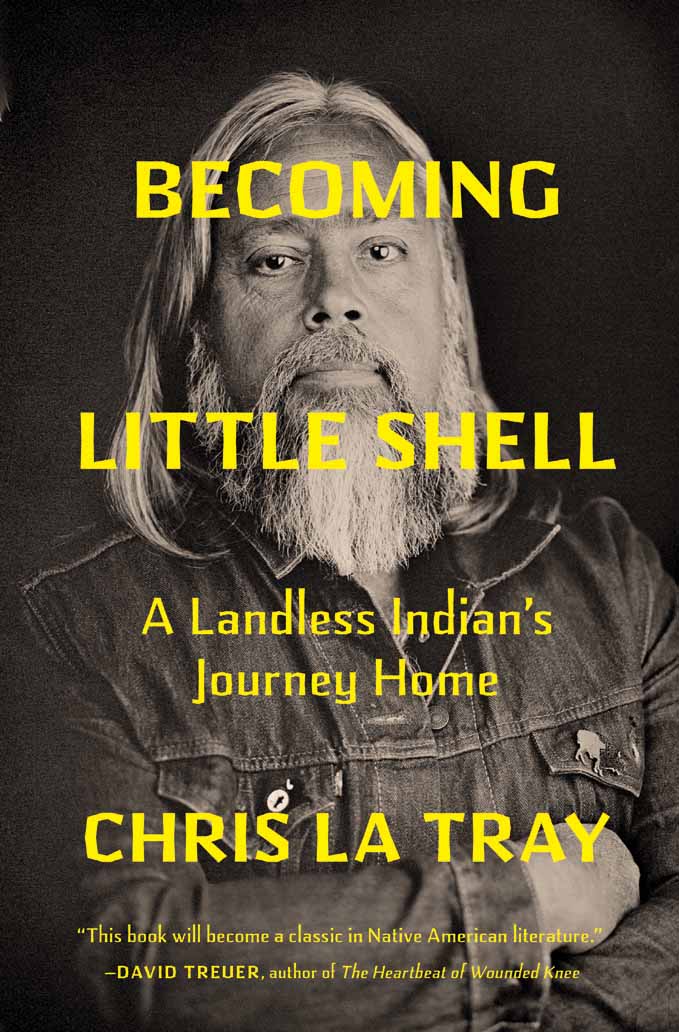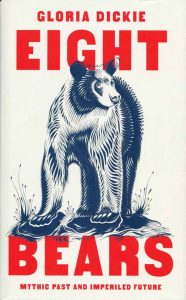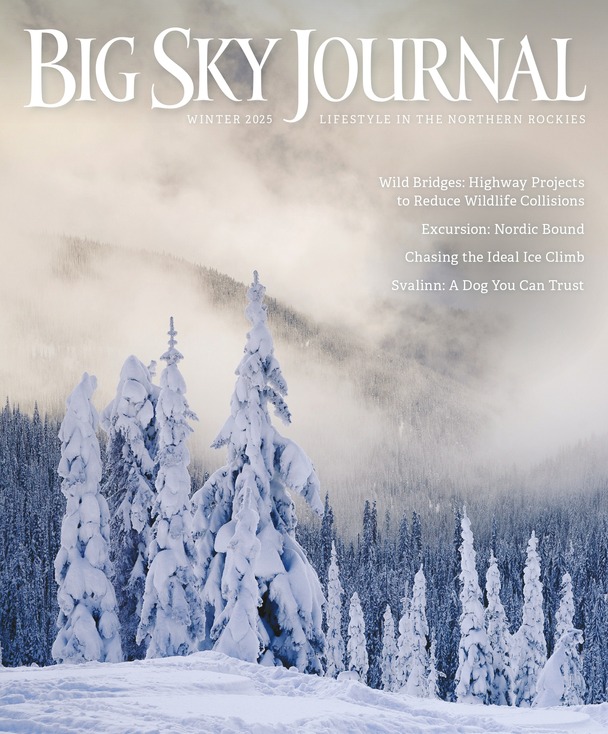
01 Aug Books: Reading the West
Current Montana poet laureate Chris La Tray blends personal memoir and Indigenous history in Becoming Little Shell: A Landless Indian’s Journey Home (Milkweed Editions, $30). Raised with only hints of the Métis and Anishinaabe (Chippewa) heritage of his father’s side of the family, La Tray slowly pieces together a cultural and political reality of his Indigenous background, finding his roots in the mixed French and Native communities that were nearly wiped from memory — not merely La Tray’s, but also the collective memory of North America.
Usually relegated to a footnote in the history books, the Métis have struggled, suffered, and survived in borderlands, both literally and metaphorically. Living on both sides of the “Medicine Line” — the invisible boundary that separates the U.S. and Canada — they were never fully accepted by either of the new countries. Left landless once the treaties and outright thefts were completed and reservation boundaries drawn, both the Métis and the Little Shell Tribe of Chippewa have struggled for recognition for centuries. Pushed out of settlements, forced across the border, and denied even the woefully inadequate concessions that other Indigenous nations were able to win, La Tray’s ancestors were all but erased from the story of the Rocky Mountain West.
With his poetic precision and self-deprecating humor — mixed with a righteous anger and the zeal of a relative newcomer to the struggle — La Tray weaves his story with that of his people. As he struggles to learn where he came from and who he now is, he dedicates himself to a bigger endeavor — demanding and winning federal recognition of the Little Shell Tribe. As he demonstrates with a new tattoo across his knuckles that reads “#-5-7-4,” the struggle was successful: in December 2019, his tribe received federal recognition by an act of Congress, becoming the 574th federally recognized tribe. In La Tray’s words, “We endured, and we survived, and we triumphed. It’s what we do. We are the Little Shell Tribe of Chippewa Indians, and we’re the 574th federally recognized Indian tribe in the United States of America. And I am Little Shell.”
Of Note

Gloria Dickie takes the reader on a sweeping, worldwide tour of all existing species of the Ursidae family in Eight Bears: Mythic Past and Imperiled Future (W.W. Norton, $30). Part investigative journalism, part biological study, and part folklorist examination, the well-documented book is an exciting rollick into distant wildlands and a fascinating look not only into the bears’ lives and legacies but also our own storied and often troubled relationships with bruins throughout history. The species — South America’s spectacled bear; India’s sloth bear; China’s panda; Vietnam’s moon and sun bears; and North America’s black, grizzly, and polar bears — each receive a vigorous narrative as Dickie travels to their lands seeking the story behind the sighting and the truth behind the fairy tale. In almost every case, she uncovers a grim reality: an iconic species struggling to survive mistreatment and misunderstanding by humans, as well as the greatest threat they, and we, now face — the deadly crises of a warming climate.

The works and legacy of an enduring Western writer are examined, critiqued, and celebrated in Wallace Stegner’s Unsettled Country: Ruin, Realism, and Possibility in the American West (University of Nebraska Press, $29.95), edited by Mark Fiege, Michael J. Lansing, and Leisl Carr Childers. The collection of essays, highly readable and compelling for such academic endeavors, explores the themes of Stegner’s writings — notably The Big Rock Candy Mountain, Wolf Willow, One Nation, and the Pulitzer Prize-winning Angle of Repose — finding examples of postcolonial fiction where, as opposed to the supposed brave heroes of colonial -era novels, “settlers do not make history, they are unmade by it.” Stegner’s themes of racial injustice, environmentalism, and worker’s rights are also deftly illustrated. Equally important are discussions of Stegner’s legacy as a champion of Western writers through his creation of the creative writing program at Stanford and the establishment of the Stegner Fellowship. In Nancy S. Cook’s essay, “The Legacies of Wallace Stegner and the Stegner Fellowships in a Changing American West,” she argues that “Stegner’s work as a teacher, mentor, and academic advisor proved important in shifting literary and market power away from the East Coast,” and that the people he “trained and supported, and the program he built … created an evolving infrastructure for vibrant literary cultures in the American West.” The existence of all the books reviewed in each installment of “Reading the West” is a testament to that vibrancy.

A sinister violence lurks in the dark forest of Maxim Loskutoff’s new novel Old King (W.W. Norton, $27.99). Set in the tiny town of Lincoln, Montana, the story revolves around newcomer Duane Oshun, who flees a life-shattering divorce in Salt Lake City and arrives in town with an empty gas tank, pervasive loneliness, and an oversized microwave — a first- anniversary gift for his ex-wife that he took from her house, now shared with a new man, before jumping on I-15 and heading north. Duane eventually makes the slow progression from outsider to insider as he crafts a new life for himself, creating new friendships, finding love, and building a cabin up a remote road where, among his few, far-flung neighbors, resides the real-life character Ted Kaczynski, infamously known as the “Unabomber.” The novel shifts between episodes of Duane rebuilding his life and Kaczynski working to take the lives of others. The two separate storylines move closer to each other as the pages turn. And turn they do: The novel is gripping and suspenseful as it races toward its devastating conclusion.

Historian Chris Enss brings to light the fascinating tales of 13 people who dedicated their lives to breaking barriers and saving lives in The Doctor Was a Woman: Stories of the First Female Physicians on the Frontier (TwoDot Books, $26.95). Fighting a patriarchal medical system, as well as overcoming the sexist distrust of their patients, the pioneering physicians featured — from Dr. Lillian Heath, who assisted in the first plastic surgery operation, to Dr. Sofie Herzog, who had a necklace made of the over 20 bullet slugs she removed from “outlaws and lawmen alike” — make an inspiring statement for gender equality, while also offering a glimpse into the medical practices of the late 19th and early 20th centuries.
Marc Beaudin is a poet, theater artist, and bookseller based in Livingston, Montana. He is the author of These Creatures of a Day, Life List: Poems, and Vagabond Song: Neo- Haibun from the Peregrine Journals, and his work is widely anthologized in publications dedicated to environmental and social justice.




No Comments